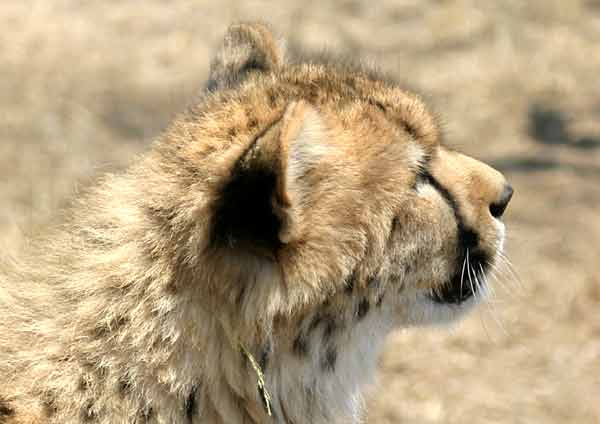Tree Kangaroo Captive Breeding Programs

ABOUT THE PROJECT The (TKCP) is Woodland Park Zoo’s signature international long-term field conservation program. Lisa Dabek began TKCP in 1996 as a conservation research study to determine the status of the endangered Matschie’s tree kangaroo on the Huon Peninsula of Papua New Guinea (PNG). With habitat protection the primary objective, the tree kangaroo became an ideal flagship species. Since indigenous landowners own and control over 90% of the land in PNG, long-term habitat protection requires conservation awareness and commitment from local landowners. TKCP developed a community-based strategy providing benefits and an improved standard of living for local communities, with indigenous landowners and community members participating in scientific research, land mapping, education and conservation outreach activities.
The work of TKCP is focused on the northern Huon Peninsula in the YUS Local Level Government Area (Yopno-Uruwa-Som watersheds) of the Kabwum District in Morobe Province of Papua New Guinea. The YUS area includes more than 45 villages representing more than 12,000 people.
Aug 6, 2016 - The Milwaukee County Zoo has long supported tree kangaroo. In the Tree Kangaroo Species Survival Plan captive breeding program.
In 2009, the program reached a critical milestone. The PNG government officially approved the Yopno-Uruwa-SOM (YUS) Conservation Area, marking the first use of PNG’s highest level of protection for forests and wildlife, which prohibits any form of resource extraction, including commercial mining and logging. Now that the YUS Conservation Area is officially protected, TKCP is building local capacity so that indigenous communities can take on long-term, sustainable management of the land. Conservation Action Forming a Non-Governmental Organization in Papua New Guinea Great progress was made in registering TKCP as a legal PNG Non-Governmental Organization (NGO). Staff met with lawyers from the Centre for Environmental Law and Community Rights, developing a constitution and identifying the process for setting up the first board. Download driver mainboard foxconn g31mxp. In addition, TKCP and WPZ met with attorneys in Seattle to make sure that legal considerations were addressed from both the U.S.
Dear Denizen, we have one S7 226 CPU Siemens PLC, program is downloaded on PLC which is password protected, we don`t the password so not able to upload the program from PLC to PC. As per my opinion, Never Break a Password in any case. Purchase a PLC program from the respective Vendor. Or Get Developed a new PLC Program from your own resources or by a Professional PLC Programmer. Crack password siemens plc. Hello, I am using S7-200 CPU 226, but it is password protected of Level-3, therefore I am unable to upload the program kindly tell, me How I can? I have used a software to crack by brute method but it is consuming a lo.
And PNG sides. Even More TKCP Coffee, Please Though coffee has long been grown in YUS, rugged terrain has historically prevented a viable coffee market from developing in that region. Under TKCP’s livelihoods project, work has been done with extension agents from PNG’s Coffee Industry Corporation to focus on coffee growing as an income source for YUS landowners. After years of work that dream finally came to fruition when through a TKCP partnership, Seattle-based Caffe Vita introduced PNG coffee from the YUS area to their stores. The launch was so successful that Caffe Vita bought even more coffee for release into the Seattle market. About Tree Kangaroos Tree kangaroos, arboreal cousins to their familiar Australian kin, are found only in the rain forests of Australia, West Papua, and Papua New Guinea.
Six of 10 species are found in Papua New Guinea, in some of the last undisturbed rainforest habitat in the world. TKCP focuses on the Matschie’s tree kangaroo ( Dendrolagus matschiei), endemic to the Huon Peninsula on the northeast coast of Papua New Guinea, and especially vulnerable to extinction due to its localized status; threat of overhunting for meat and fur; and habitat disruption from logging, mining and agriculture. In the Field YUS landowners are creating riparian corridors to protect waterways. The idea of protecting major streams and rivers for 15 meters on both banks came from landowners in Ronji Village, who noted in a land use workshop that their coral reefs were being harmed by silt from gardening on river banks in upstream communities. After the pledge by Ronji to protect the banks, the other four Wards followed suit. This is an example of how traditional communal agreements can be strengthened by increased collaboration across the landscape. At the Zoo Woodland Park Zoo recently hosted the Tree Kangaroo Species Survival Plan (SSP) meetings.